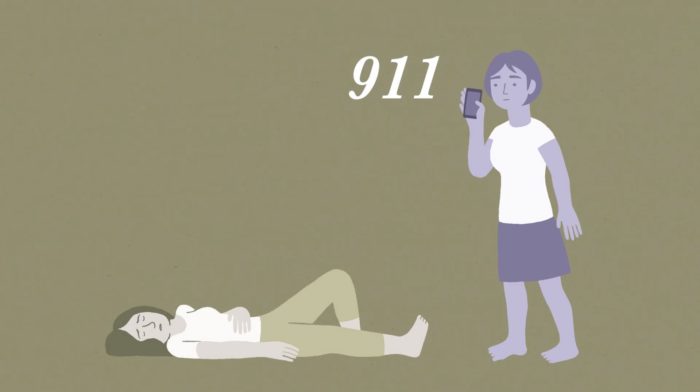Resource Library
Search:
How to Prevent a Stroke
A stroke occurs when blood is blocked from reaching the brain. This is usually caused by a clot in the blood vessel or it bursts (or ruptures.)
How to Use an Epi Pen
Remember: “Blue to the sky, Orange to the Thigh”
CPR (Cardio Pulmonary Resuscitation)
We encourage you to get formal CPR training. Choose an organization with a known name for example, Red Cross, St John’s or another reputable source. Ask your health care professional or friends for recommendations.
The Signs of A Heart Attack
If you’re a caregiver for someone who’s at risk of developing heart disease, being able to recognize the signs and symptoms of a heart attack is important.
How To Deal With A Severe Allergic Reaction
If the person that you’re caring for has an allergy, it’s important to know how to deal with a severe allergic reaction.
How to do CPR
It’s scary to think about, but there may be a time when you’ll need to use CPR to save the life of someone you’re caring for. Cardiopulmonary resuscitation, most commonly known as CPR, is when you help a person’s heart move blood through their body when their heart has stopped.
The Signs of a Stroke
During a stroke, every minute counts! Fast treatment can lessen the brain damage that a stroke can cause. By knowing the signs and symptoms of stroke, you can take quick action and perhaps save a life.
How To Care for Someone That is Suicidal
A suicide attempt should never be seen as a bid for attention. Depression tends to come back, especially if it's not treated or is only partially treated.








